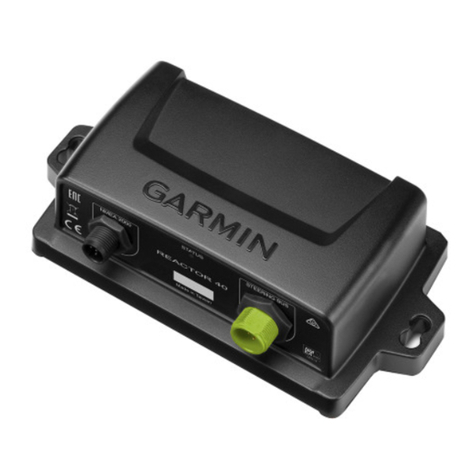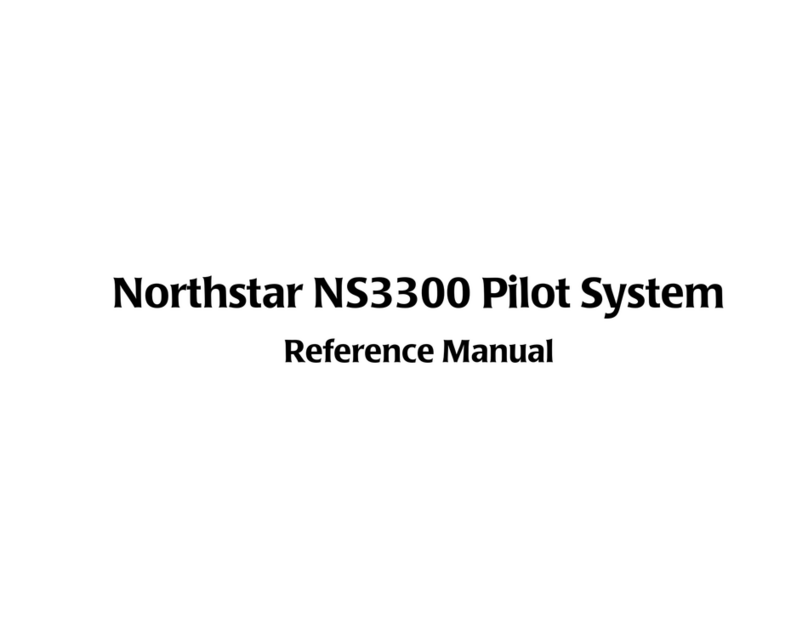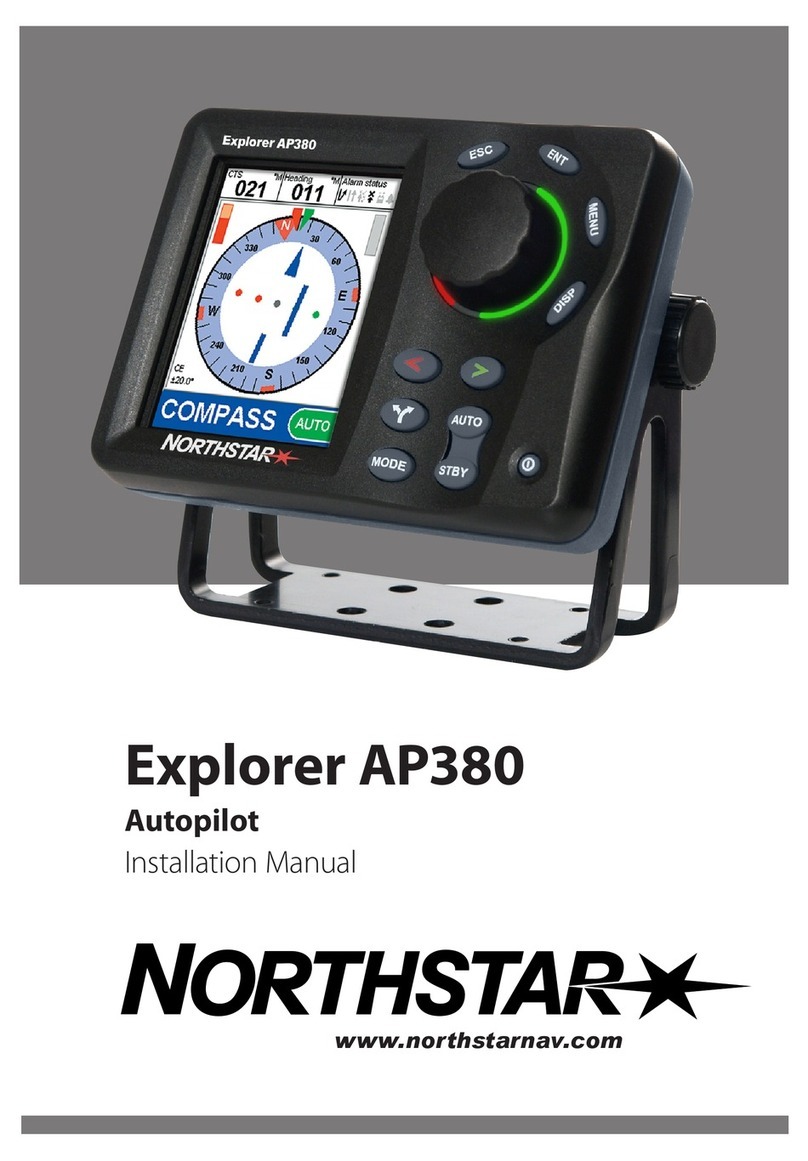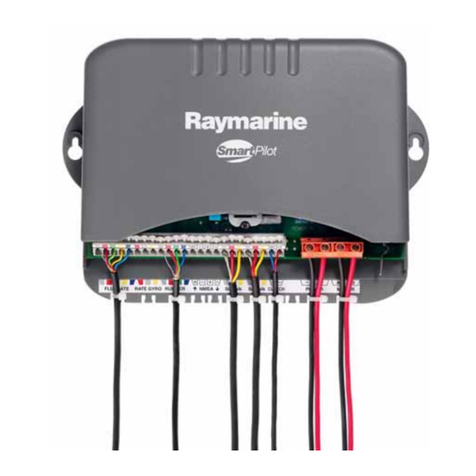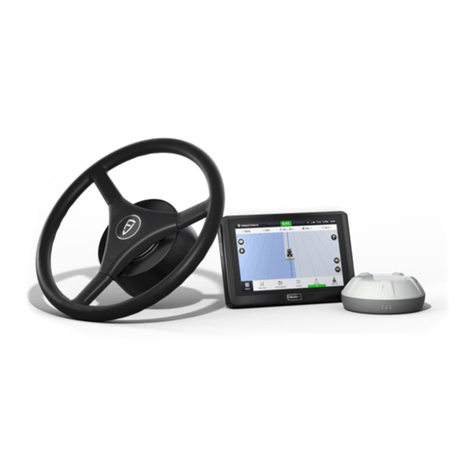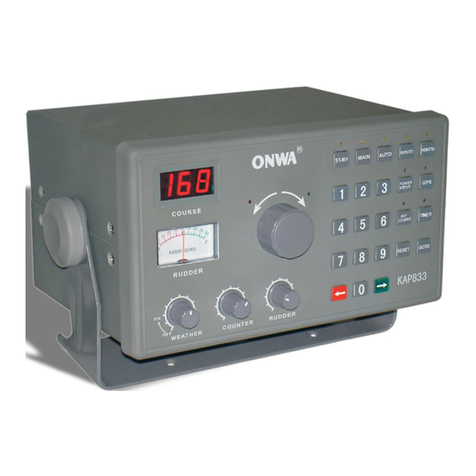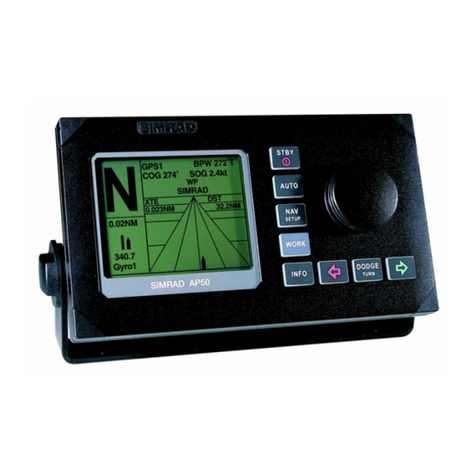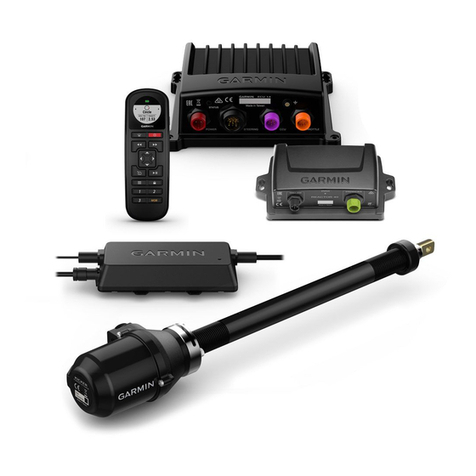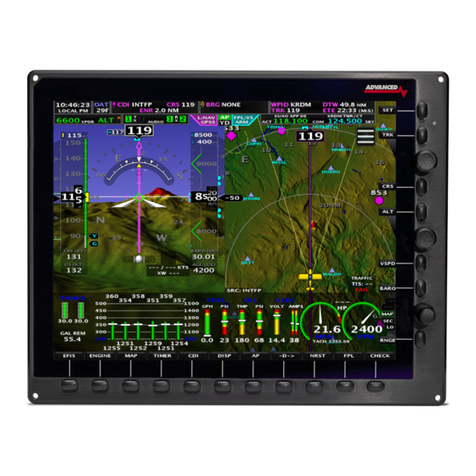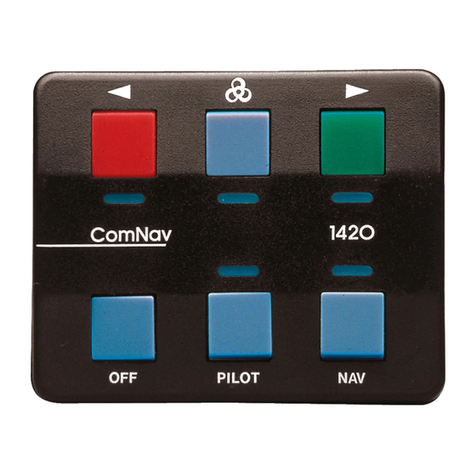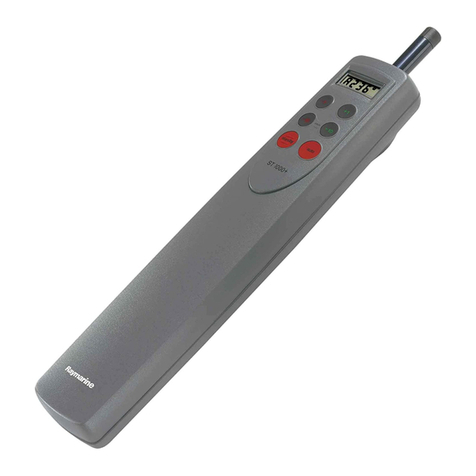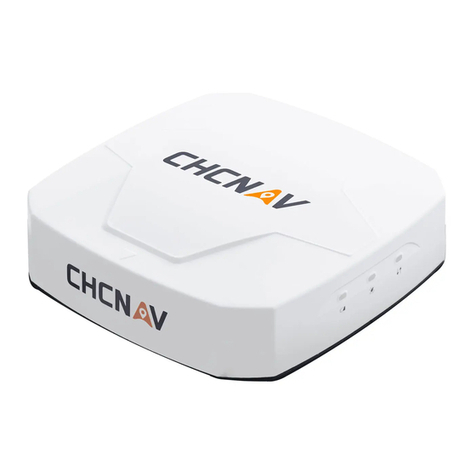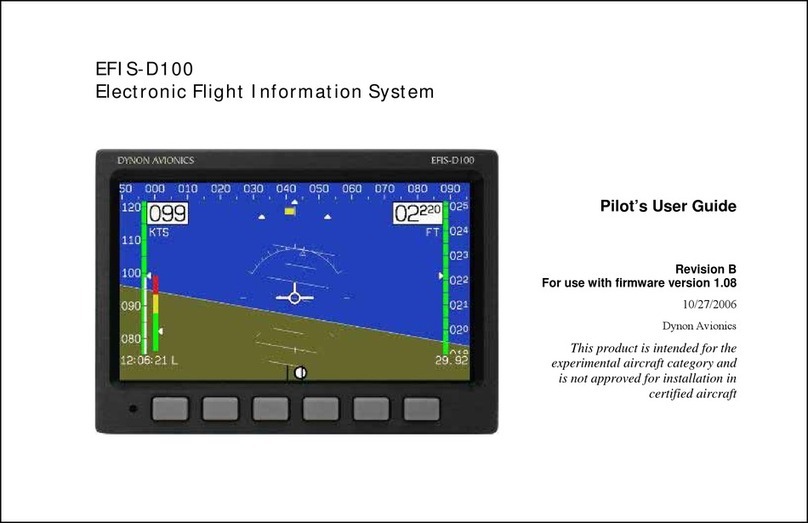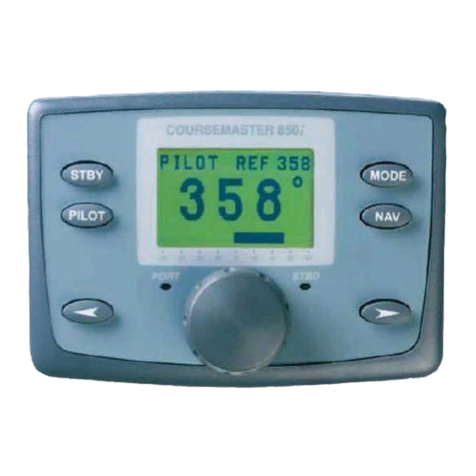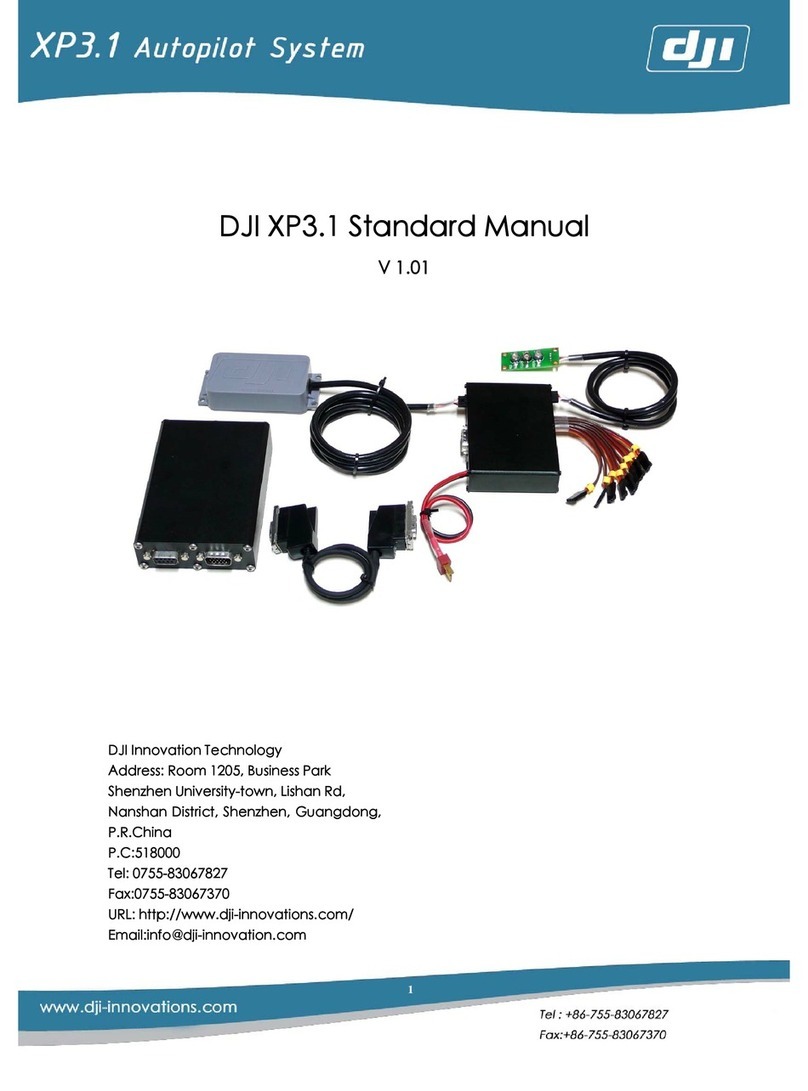
Amigo — Manual 2.4 Autopilot Lateral Modes
3. R ... stands for roll angle. Again, green, yellow and red lights are shown.
4. P ... stands for pitch angle. It can be green, yellow or red.
In this case Amigo also refuses to engage any autopilot function. If any of
the four parameters becomes red, the autopilot will automatically disengage
both servo motors.
Please refer to the Autopilot manual for more details on how to set the pa-
rameter limits.
2.4 Autopilot Lateral Modes
Amigo consists of the following lateral modes: heading hold (HDG) and hor-
izontal navigation (HNAV). Default lateral mode is the heading hold mode,
which is displayed every time Amigo powers up. To change the lateral mode
follow the steps bellow:
Press and hold the HDG knob for at least 1 second (long press). Amigo
will display lateral autopilot modes dialog.
Rotate the HDG knob until the dialog of desired lateral mode appears.
Short press on HDG knob to engage the selected lateral autopilot mode.
2.4.1 Heading Hold Mode (HDG)
In short, the Heading Hold mode (HDG) engages roll servo motor to maintain
selected reference heading.
If for any reason any of the limiting parameters is not withing valid limits,
Amigo will automatically disengage servo motors and it will display a warning.
When a HDG mode is inactive the first increment/decrement of the HDG
knob sets the current heading value as a reference heading hold value and
automatically engages roll servo motor. Any following rotation of the HDG
knob changes the reference heading value:
Reference heading value can take values from 0 to 359
°
with 1
°
resolu-
tion.
Rotating the HDG knob clockwise increments reference heading value.
Rotating the HDG knob counterclockwise decrements the reference head-
ing value.
10
©
Kanardia 2018
